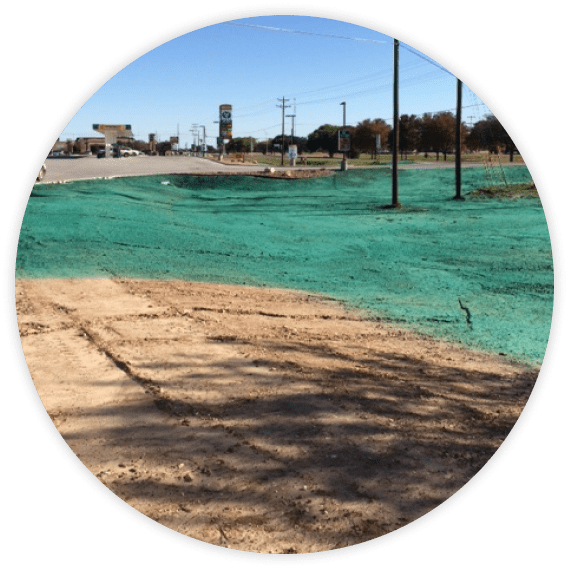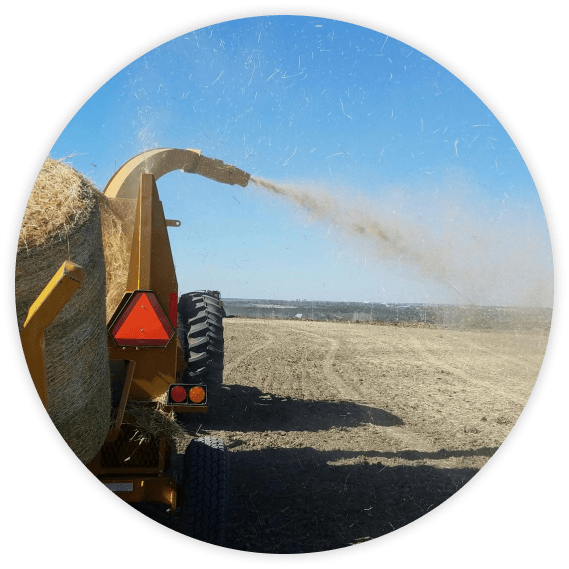
Commercial Hydroseeding
There are many ways to plant a field or commercial property. Hydroseeding uses a slurry which is applied to the area. This slurry contains grass seeds, mulch and water. Sometimes, it also includes fertilizer, biostimulants and green-tinted color.
It’s a smart combination because the fertilizer stimulates growth and the mulch bonds the seeds with the soil. The mulch also protects the seeds from the elements like wind, too much sun, and finally adds nutrients to the grass by decomposing.
In the United States, the idea of hydroseeding was first developed in the 1950s. Businesses and anyone who wanted to transform a lawn from dirt to grass were attracted by the ease of hydroseed application.
- Hydroseeding can be done quickly.
- Hydroseeding works well.
- Hydroseeding can be economically done.



